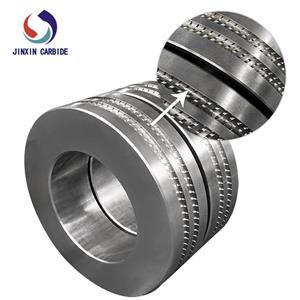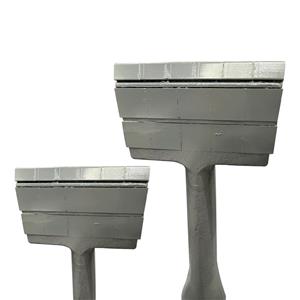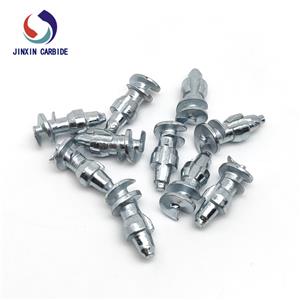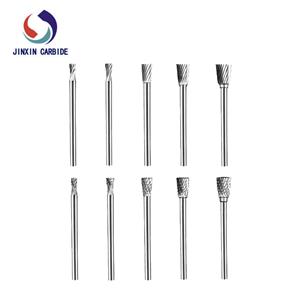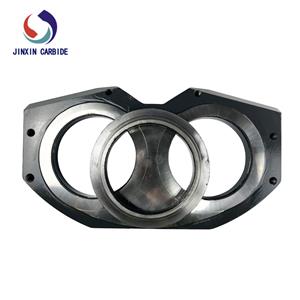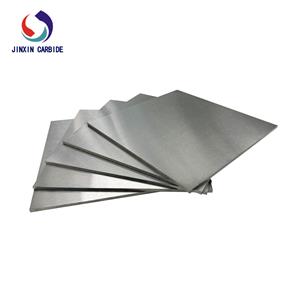Application cases of tungsten alloy plates in the chemical industry
In the chemical industry, tungsten alloy plates have a variety of application cases due to their excellent
physical and chemical properties. The following are some common application cases of tungsten alloy
plates in the chemical industry:
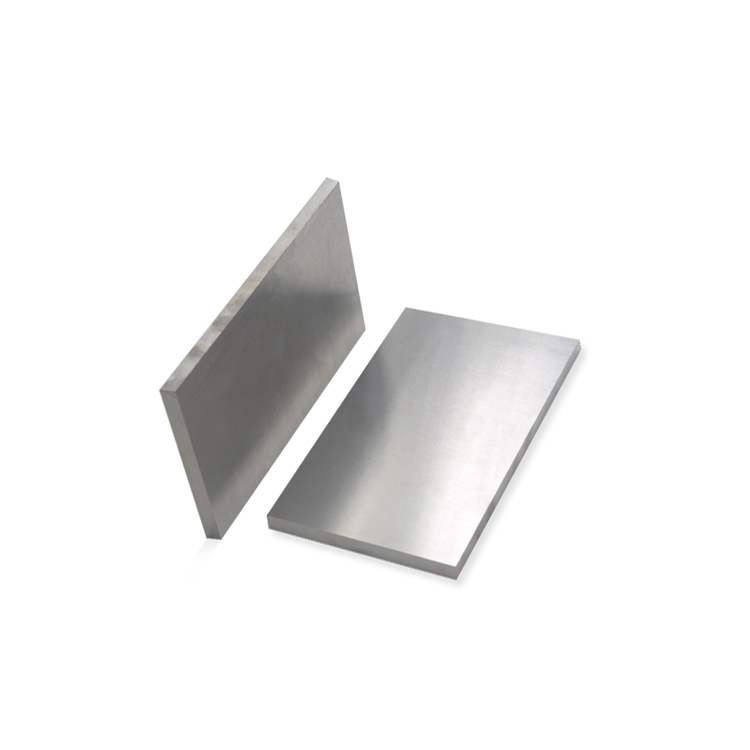
Reactor and catalyst support. Tungsten alloy plates can be used to manufacture chemical reactors and
catalyst support materials. Because tungsten alloy has high temperature resistance, corrosion resistance
and good mechanical properties, it can withstand high pressure, high temperature and corrosive media
under extreme working conditions, thereby increasing the stability and life of the reactor and catalyst.
Pipe and vessel lining materials. Tungsten alloy plates can be used as lining materials for chemical
pipelines and containers to resist erosion by corrosive media. Tungsten alloy has excellent corrosion
resistance and can operate stably in severely corrosive environments such as acid-base media, oxides
and salt solutions, protecting the integrity and safety of pipelines and containers.
Valves and Seals. Tungsten alloy plates can be used to manufacture chemical valves and seals, with
excellent wear resistance and corrosion resistance. These valves and seals can work normally under the
conditions of high pressure, high flow rate and corrosive media, and maintain reliable sealing, ensuring
the safety and stability of the chemical process.
Electrolyzers and electrodes. Tungsten alloy plates are widely used in chemical electrolysis cells and
electrodes. Tungsten alloy has excellent electrical conductivity and corrosion resistance, can withstand
high currents and corrosive electrolytes, and is used in chemical reaction processes such as
electroplating, electrolysis and electrochemical synthesis.
Heaters and heat exchangers. Tungsten alloy plates can be used to make high-temperature heaters
and heat exchangers for heating and cooling in chemical processes. Tungsten alloy has a high melting
point and good thermal conductivity, which can provide stable heating and efficient heat exchange in
high temperature environments, improving the efficiency and energy utilization of chemical processes.

